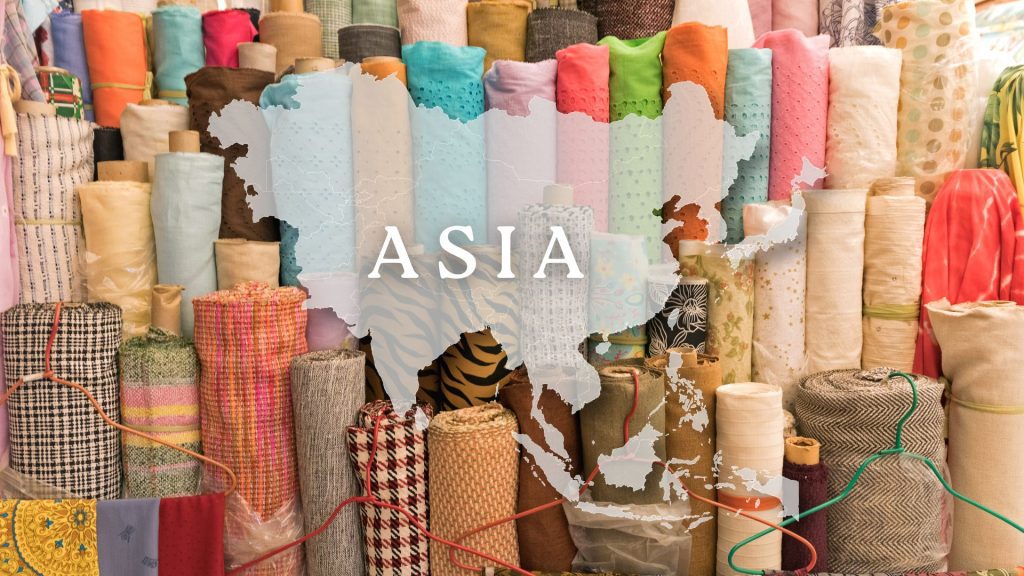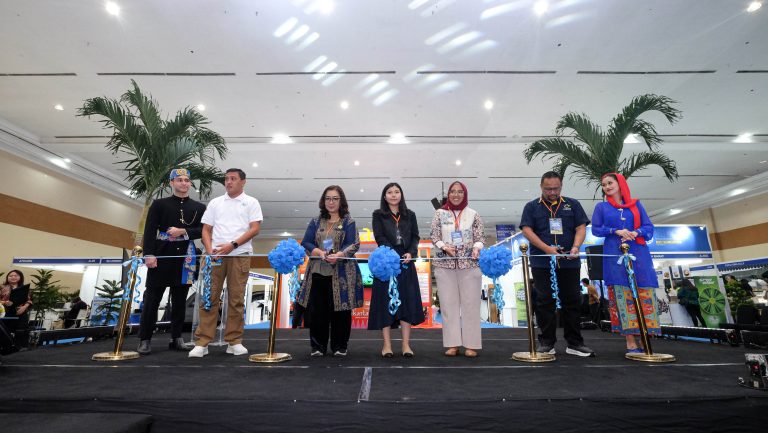The Asian textile industry stands as a vibrant tapestry, woven together with centuries of tradition and innovation. This comprehensive exploration aims to dive into its historical roots, peer into the crystal ball of the future, and offer practical insights for professionals in the fashion and textile sector. It’s a journey through time and tradition, one that exemplifies the industry’s influence on global fashion, trade, and culture.
Historical Background on the Asian Textile Industry
Asia has been a cradle of textile craftsmanship for millennia. From the intricate silk garments of ancient China to the vibrant patterns of Indian textiles, the region’s textile history is a treasure trove. According to Harsanto’s research in Sustainability Innovation in the Textile Industry, Asian textiles have been coveted and traded globally for centuries, earning the region its nickname as the “Silk Road.”
The Asian textile industry can trace its origins back to Mesopotamia and the Indus Valley civilization, with fabrics like cotton, silk, and wool being woven and dyed with techniques that have passed down through generations. These early textiles were not just for clothing but held cultural and economic significance. The exquisite designs and quality of Asian textiles have left a profound impact on the global fashion landscape.
Insights into the Future of the Asian Textile Industry
In the 21st century, the Asian textile industry is poised for a renaissance. According to Gazzolla in Trends in the Fashion Industry, sustainability and innovation have become central themes, with circular economy principles influencing the perception of fashion. Asian textiles are embracing eco-friendly practices, utilizing natural dyes and sustainable materials to cater to the growing demand for environmentally conscious fashion.
Moreover, Asian textiles are at the forefront of technological advancements. Digital printing, smart textiles, and AI-driven design processes are revolutionizing the way textiles are produced. According to Casadei’s research in the Urban Fashion Formations in the Twenty-First Century, Asian cities are becoming hubs for both manufacturing and design, contributing to the global fashion market.
Practical Takeaways for Professionals
For textile professionals and fashion designers, understanding the value of Asian textiles is essential. The diversity of fabrics, patterns, and craftsmanship offers a wealth of inspiration. Moreover, the shift towards sustainability aligns with the ethical concerns of the modern consumer. By incorporating Asian textiles into their collections, designers can cater to the demand for eco-conscious fashion while drawing from a deep well of tradition.
Researchers and students should consider the Asian textile industry as a fascinating subject of study. The historical and contemporary aspects provide ample research opportunities, while the potential for innovative projects in sustainability and technology is abundant.
The Asian textile industry’s rich heritage and contemporary relevance are undeniable. It has played a pivotal role in shaping global fashion and trade, and its journey continues into the future with sustainability and innovation at the forefront. Professionals, students, and enthusiasts are encouraged to explore the boundless possibilities offered by Asian textiles. It’s a journey worth embarking on, connecting tradition with modernity.
Explore the depths of this industry’s heritage and embrace its future through platforms like Hi-Fella.com, where you can not only access the finest Asian textiles but also contribute to a sustainable and ethical future in fashion.
For an immersive journey into the world of Asian textiles and to connect with suppliers who uphold sustainable practices, visit Hi-Fella.com. Explore the diversity, elegance, and ethical production of Asian textiles.








